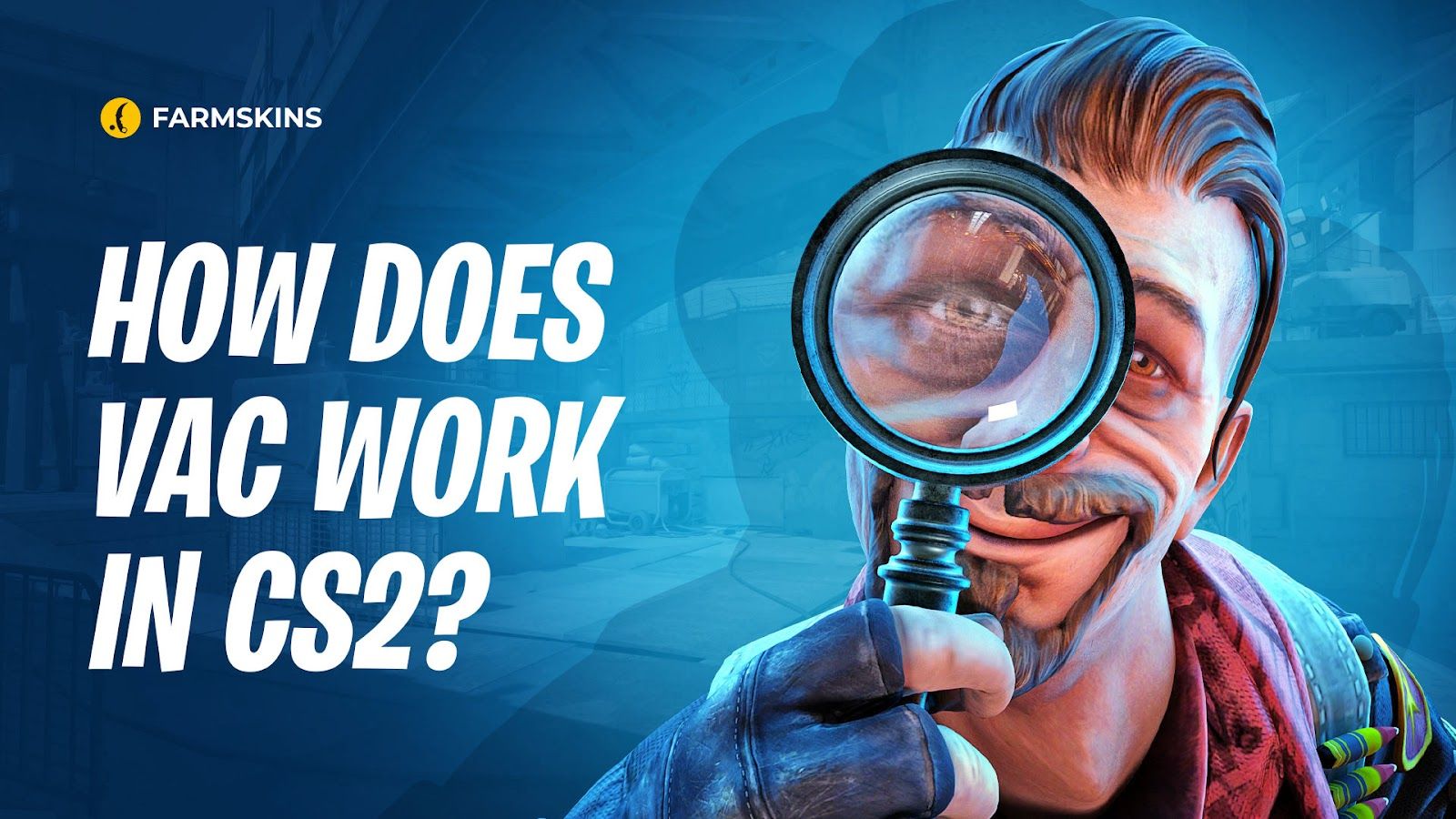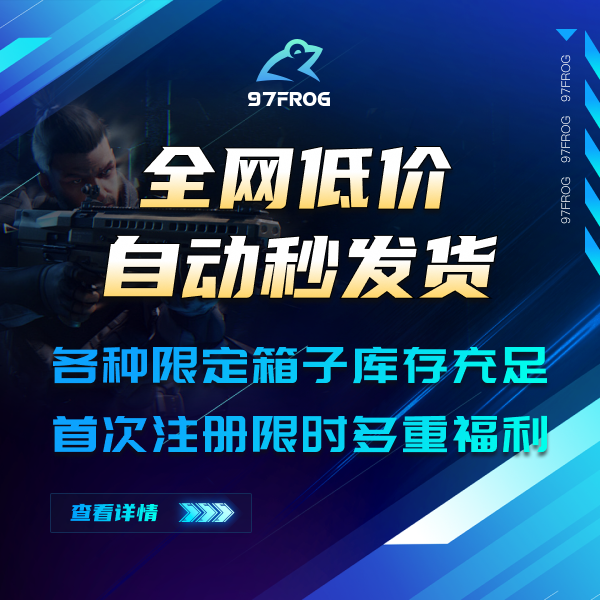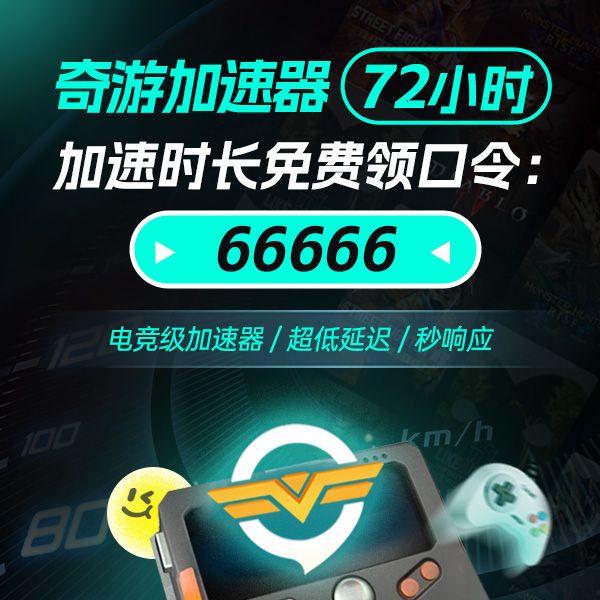How Does VAC Work and Why Are There So Many Cheaters in CS2?

Counter-Strike 2 recently celebrated its first anniversary, but one of the game's major issues remains unresolved — the large number of cheaters in matchmaking. The VAC (Valve Anti-Cheat) system is still not fully operational, and players are frequently encountering rule-breakers, complicating the fair gameplay experience. This raises the question: how does VAC work, and why are cheats still prevalent in CS2?
What’s the Difference Between VAC and More Invasive Anti-Cheat Systems?
When comparing VAC to more invasive anti-cheat systems like Riot Vanguard or Faceit Anticheat, the difference in approaches becomes apparent. These systems operate at the kernel level of the operating system, allowing them to monitor everything happening on the player's computer. As soon as you start the game, the anti-cheat activates, scanning the system and preventing any tampering with game processes.
While effective, this approach comes with risks, including technical issues and potential impact on the computer's performance. For example, invasive anti-cheats may cause system crashes because they interact with the BIOS and drivers. Additionally, these types of anti-cheats don’t work on Linux operating systems, limiting their usage for a certain audience.
Why CS2 Will Forever Remain Bugged: A Comprehensive Analysis
How Does VAC Work?
VAC activates only when connected to official CS2 servers. Its primary function is to scan the game’s memory for unauthorized modifications. The system compares any detected changes with a database of known cheats. If a match is found, the player may receive a ban, though not immediately — sometimes this happens weeks or even months later. This delayed approach makes it harder for cheaters to figure out why they were banned and to adjust their software accordingly.
However, the main drawback of VAC is its inability to promptly detect and block new cheaters. The database is constantly updated, but delays mean that honest players are forced to play with cheaters longer than they should.

VACnet and Its Role in Combating Cheaters
Since 2017, Valve has been using machine learning technology to combat cheating. VACnet is a neural network-based system that analyzes player behavior to detect suspicious actions. For instance, the system may notice that a player is landing numerous kills despite having an unusual crosshair placement. VACnet identifies such deviations from typical behavior and issues bans based on this analysis.
Even so, this system is not without its flaws. One issue is false positives, where innocent players can be mistakenly banned. For example, some CS2 users reported being blocked because of using high-DPI mice, where rapid mouse movements were interpreted by the system as unnatural behavior.
The Future of VAC
VACnet remains experimental, and its current performance leaves much to be desired. Valve is currently testing a new version of the system — VACnet 3.0. Despite significant progress, the anti-cheat system is still far from perfect. Developers continue to update it, but the problem persists: cheaters are still finding ways to bypass security mechanisms.
While VAC and VACnet show improvement, the system remains vulnerable to new types of cheats. Success in combating rule-breakers largely depends on the amount of data Valve collects and analyzes. The technological race between anti-cheat developers and cheat creators continues, and in the near future, we can expect not only advancements in anti-cheats but also increasingly sophisticated cheats, potentially using the same neural network principles.
Top 5 best Community maps in CS2
Conclusion
VAC in CS2 is evolving, but its effectiveness is still underwhelming. Despite Valve’s efforts, the issue of cheaters in the game remains pressing. Perhaps the situation will improve in the future with the introduction of new technologies and system upgrades, but for now, players must be prepared to continue facing rule-breakers in matchmaking.









